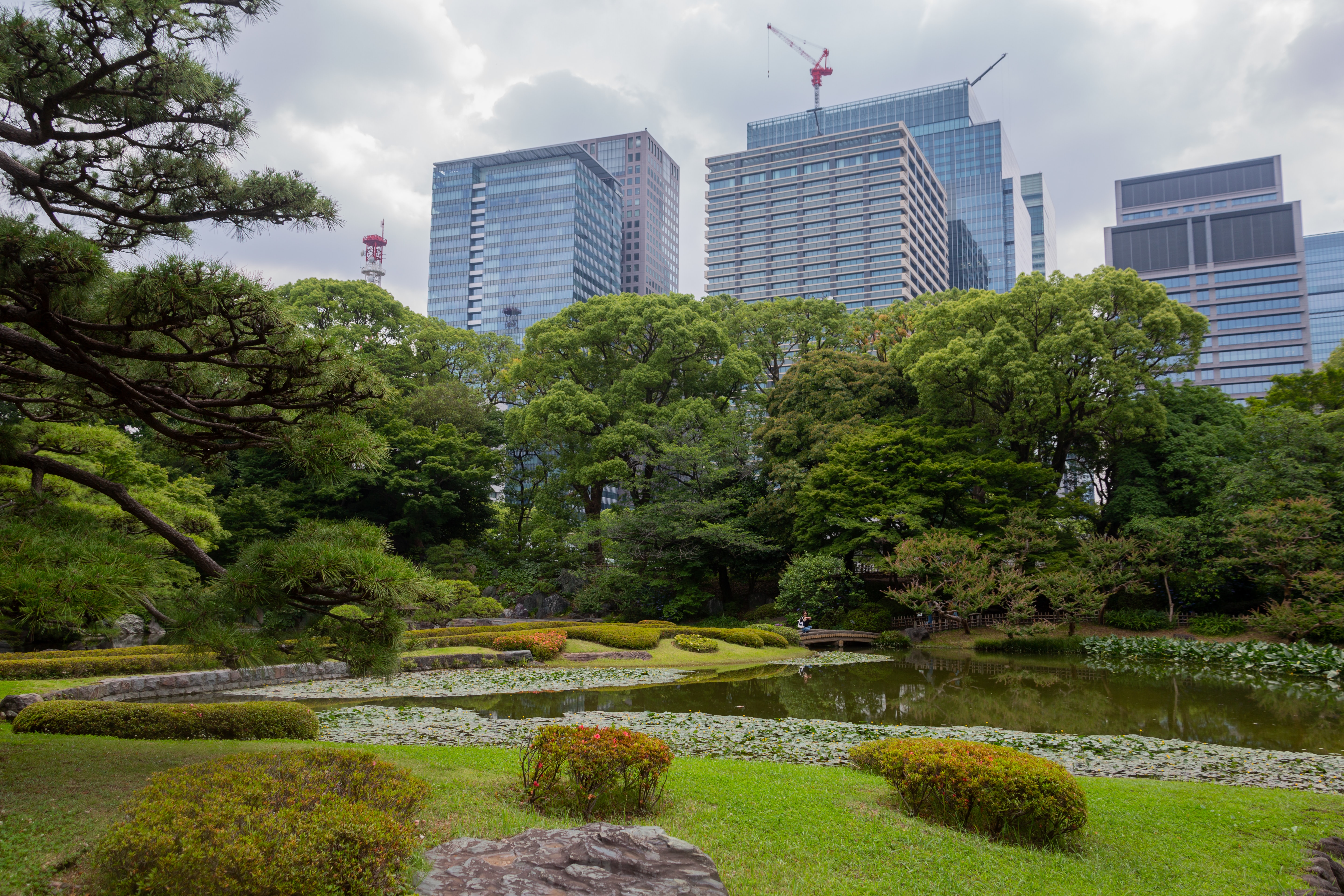Integrating urban biodiversity, natural capital accounting and nature-based solutions
Node Page:
Greening Cities
Image:

Color Filter:
Environment
sub title show:
Yes
Integrating urban biodiversity, natural capital accounting and nature-based solutions

This Good Practice Guide focuses on the key elements to support cities in the launch and implementation of successful cool surface programs, leading to better economic, social, and environmental outcomes for cities.